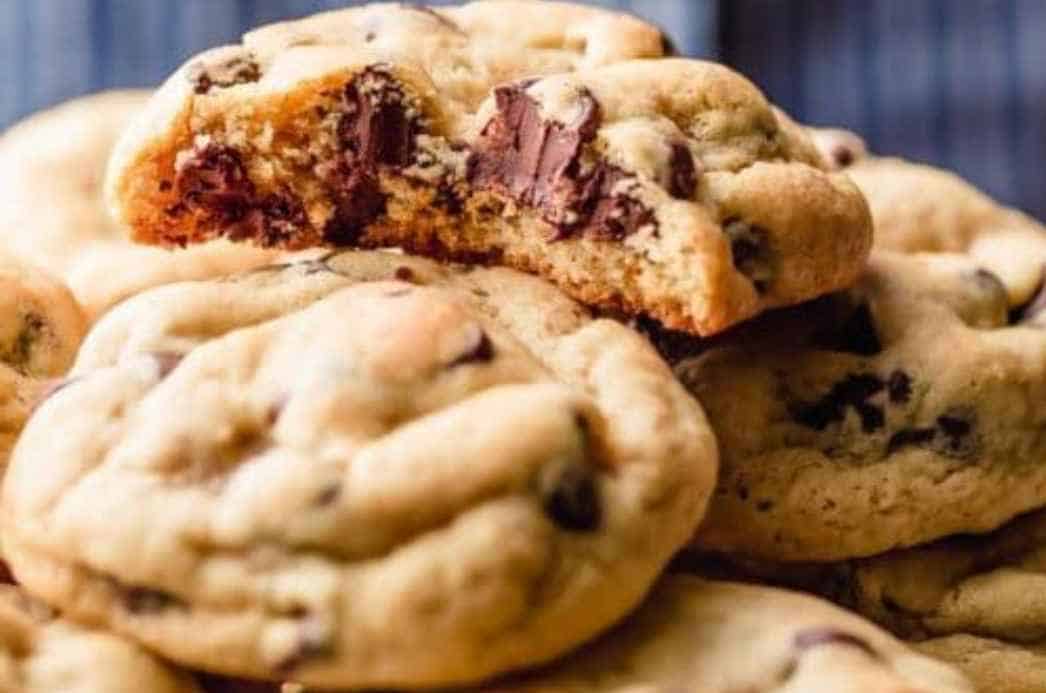Are you the type who craves moist and chewy cookies? Achieving the perfect texture is an art in itself. Several factors contribute to the final result.
In this article, you can explore the techniques behind what makes cookies tender. You’ll also learn some tips and tricks for creating your own perfectly soft treats at home.
Techniques that Make Cookies Chewy
Attaining your desired texture in cookies requires a few special techniques. Here are the key factors that contribute to their chewiness.
Underbaking
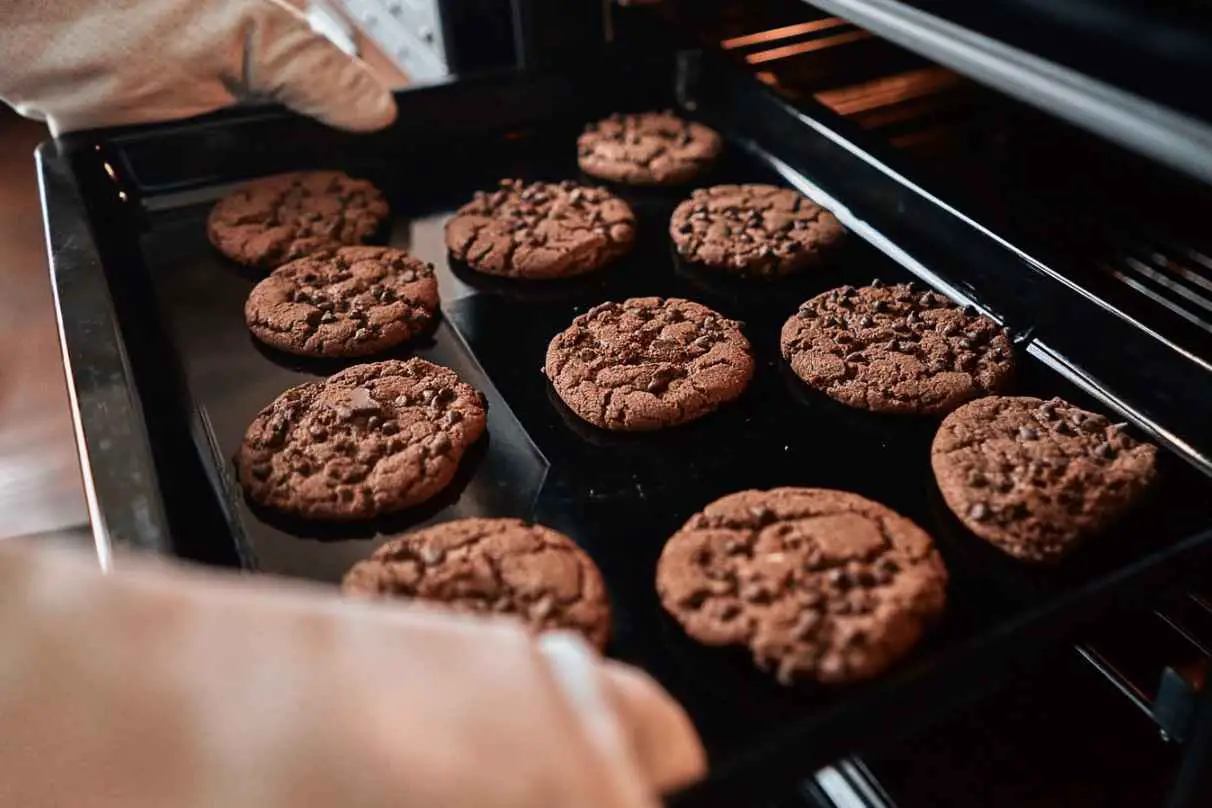
When baking cookies, the heat causes the sugar and butter in the dough to caramelize. This process creates that delicious golden brown color and crispiness.
However, if you want your cookies to be chewy, you need to leave a bit of that moisture in the center. Underbaking can help you achieve this by leaving the center slightly gooey and soft.
When you take your treats out of the oven before they are fully baked, they will continue to cook and firm up on the hot baking sheet. Please note that it can be tricky to get the timing just right.
Too much underbaking can result in cookies that are too doughy or gooey. On the other hand, too little can make them raw in the center. It’ll help if you experiment to find the perfect balance.
Adding more moisture
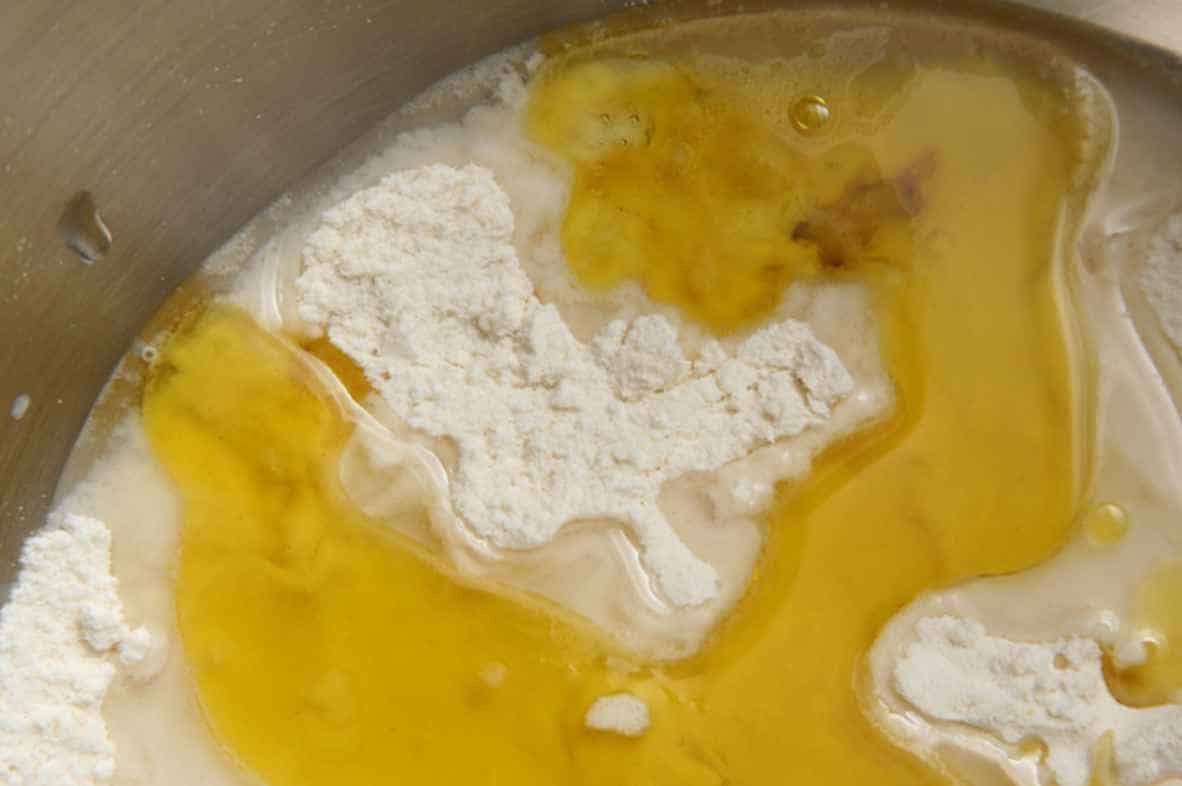
Moisture is essential in creating a soft and tender texture in cookies. Adding some liquid to the dough helps activate the gluten in the flour, making it more elastic and pliable. It helps create a structure that’s soft and chewy.
One way to add moisture is to use a liquid sweetener like honey, maple syrup, or molasses. The added flavor is a delightful bonus. Please remember not to add a lot since it can make the dough too wet and difficult to handle.
Using low-protein flour
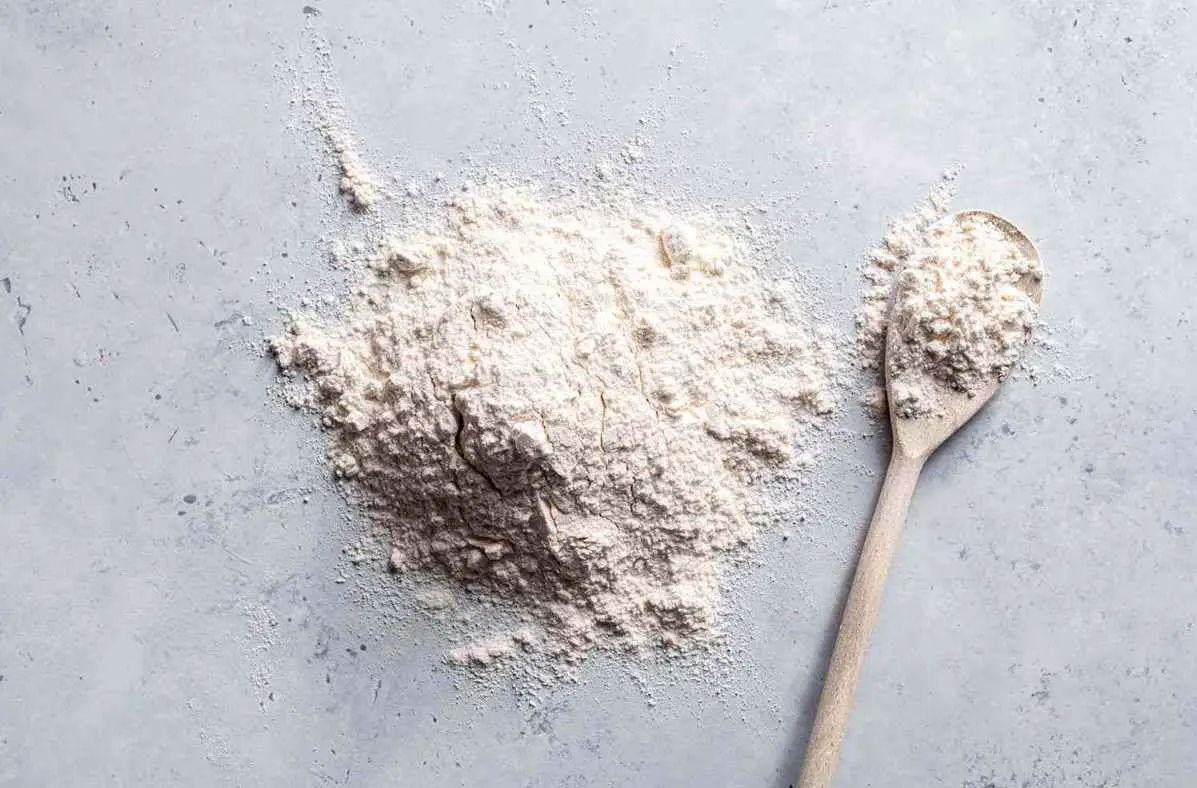
Did you know the type of starch you use can affect a baked good’s texture? Using low-protein flour is a key technique for achieving chewy cookies. Here’s the science behind it:
When mixed with liquid, the flour’s proteins form structure-giving gluten. This phenomenon may be beneficial for bread but, unfortunately, not for cookies. Too much gluten can make them tough and dry. Low protein starch, like cake or pastry flour, is a great way to keep your treats soft and gooey.
Adding eggs
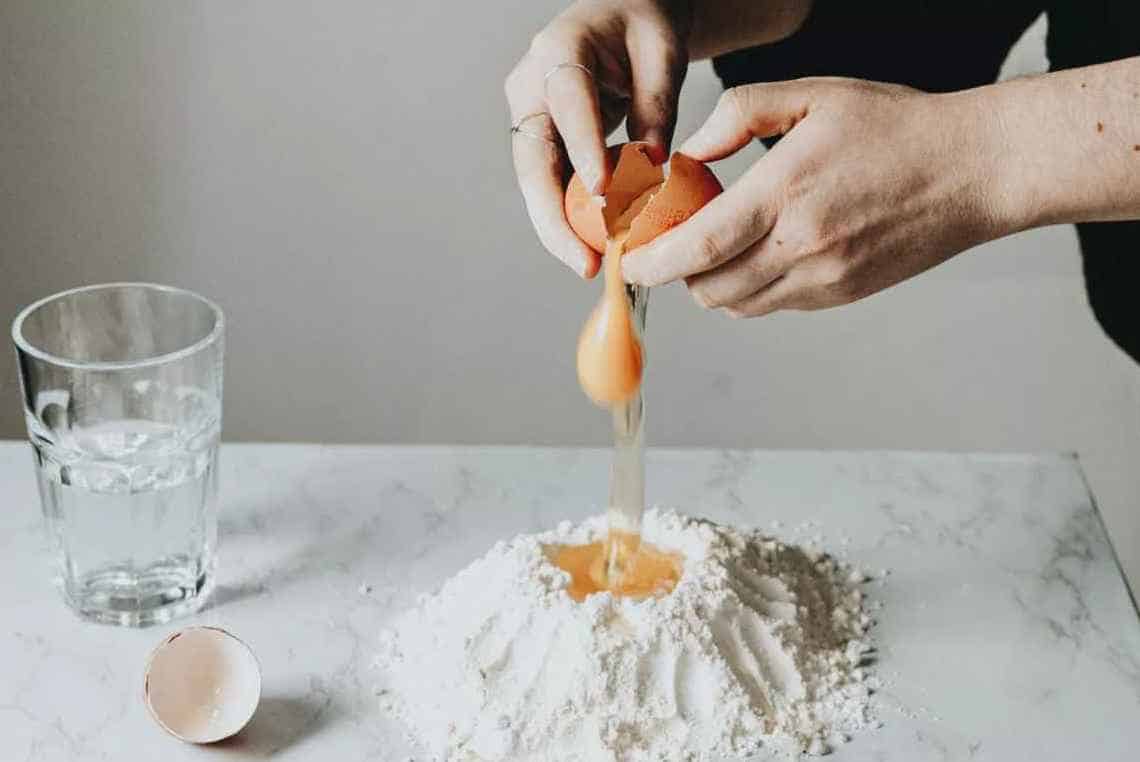
Eggs provide moisture, structure, and richness to your dough. They help create a tender texture. The yolk, in particular, is rich in fat and protein, which helps to give the dessert a chewy texture.
A word of precaution – don’t overmix the dough. Overmixing can cause the flour’s gluten to develop too much, making the cookies tough and dry. Stir the batter just until the ingredients are combined, and then stop.
Tips for Making Chewy Cookies
Do you want to know more techniques for delicious and chewy cookies? The following tips will help you achieve gooey treats you can make for your loved ones. Remember to enjoy and experiment with different flavors and ingredients to create your perfect recipe!
Use a mixture of different sugars
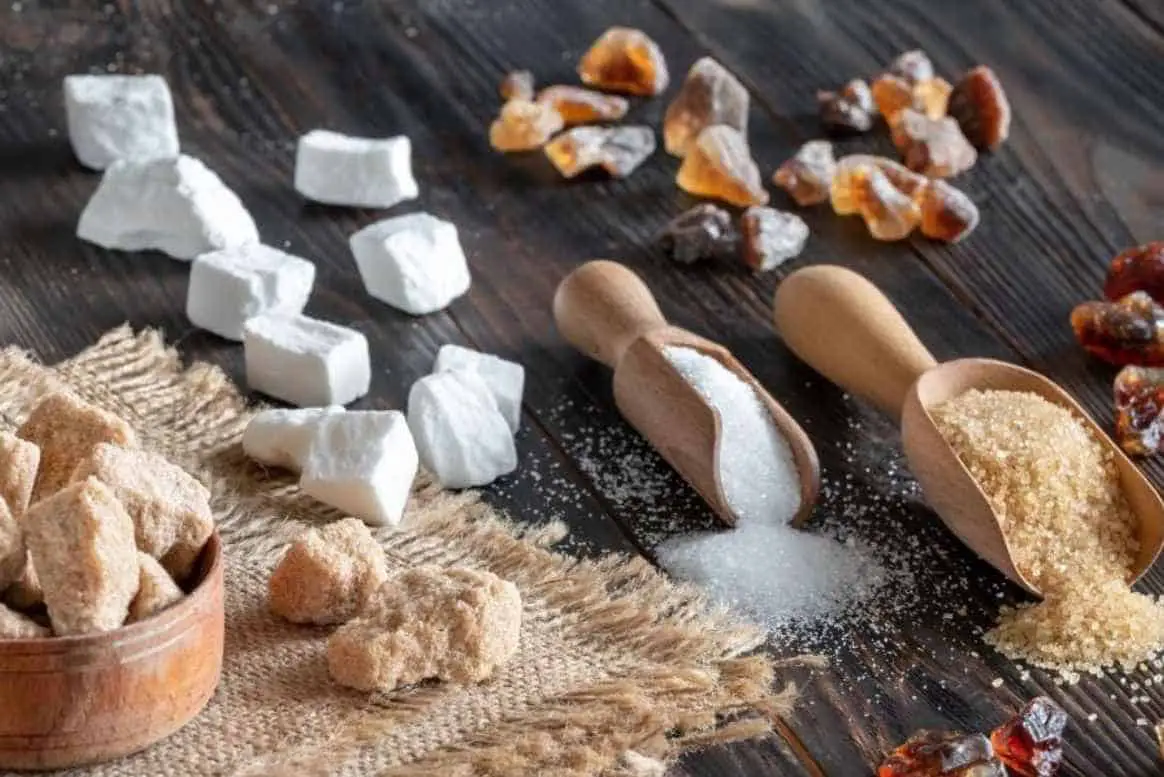
Suppose you’re using a mixture of white and brown sugar in a recipe. You’re combining the unique properties of each one to create a balanced and delicious cookie. White sugar is a simple carbohydrate that dissolves easily. It also helps create a crisp outer layer.
Brown sugar, on the other hand, contains molasses. It adds moisture and a deep, rich flavor to the dough. When you combine these two sweeteners, you get the best of both worlds. You’ll have a cookie with crunchy edges and a gooey center. Thinking about it would make your mouth water.
Use more brown sugar than white sugar
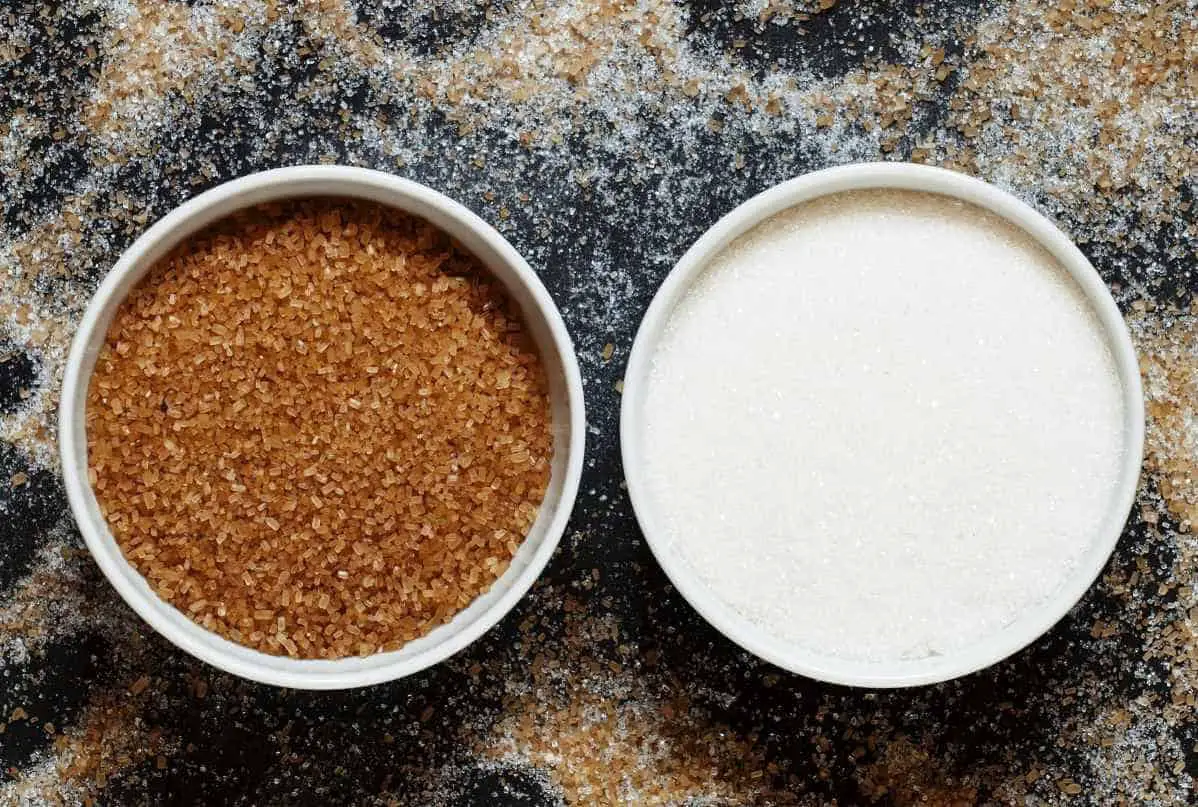
Brown sugar is just white granulated sugar mixed with molasses, a dark syrup that comes from sugarcane. You use a bigger amount of this ingredient when you add more brown than white sugar in a cookie recipe. It makes the batter more acidic and also moister.
When you bake the cookies, the moisture in the dough turns to steam and creates pockets of air, making them puffy. The dough’s acidity helps break down the flour’s proteins, creating more tender and chewy treats.
Use melted butter
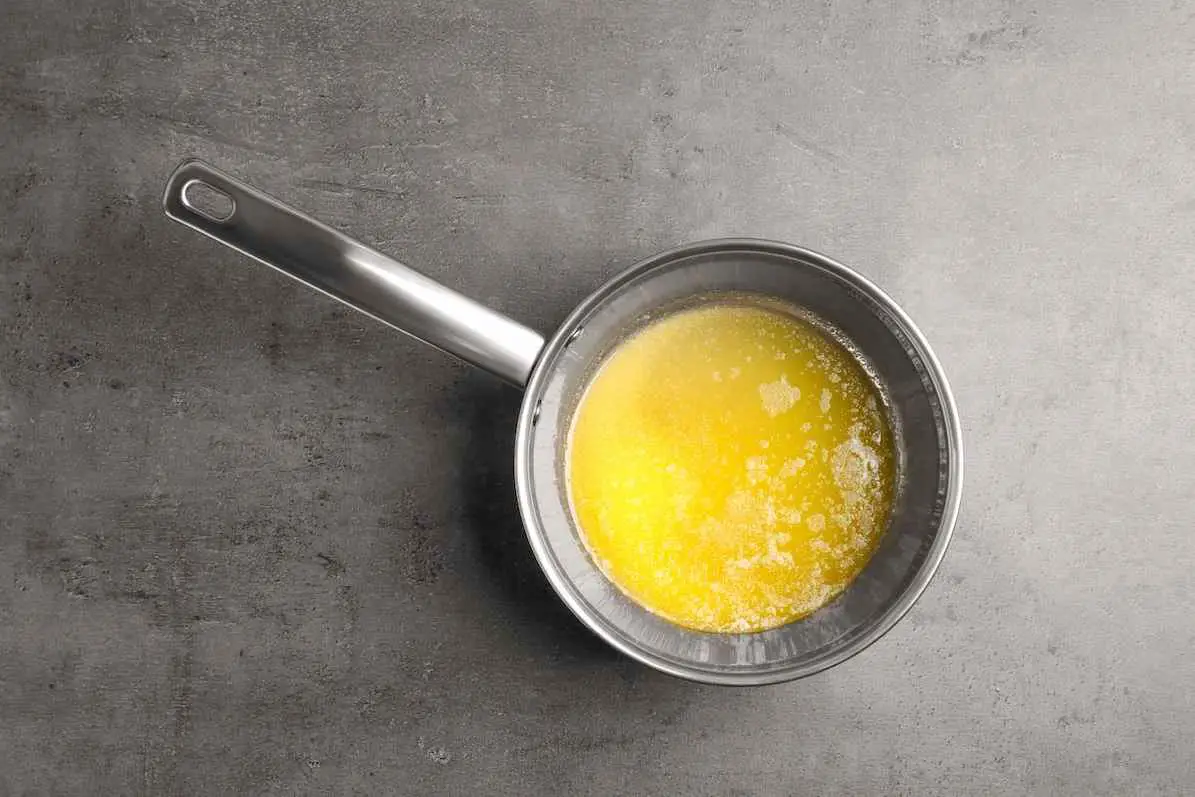
Melted butter changes the fat’s texture. It affects how the grease interacts with the other ingredients in the dough. Using it for your cookies can create a chewier texture because it adds more moisture.
Mixing it with the sugar forms a syrup-like mixture that helps the granules dissolve more easily. This technique creates a smoother, creamier batter-resulting in a softer outcome.
As the cookies bake, the melted butter starts to solidify again and creates pockets of air in the pastry. They help the baked goods rise, making them puffier and chewier.
However, it’s important to note that using liquid butter can also make the cookie spread more during baking. To avoid this, refrigerate the dough before baking to help keep its shape.
Factors Affecting A Cookie’s Chewiness
Are you raring to have soft and chewy cookies? Before you start baking, check out the factors that can contribute to your treats’ gooey texture.
Baking temperature
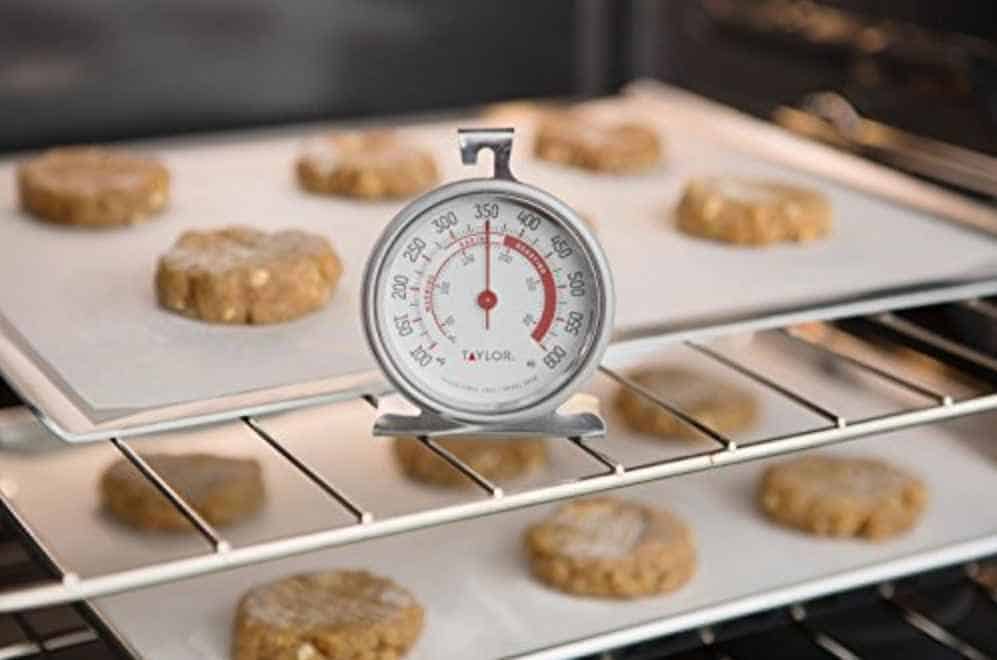
The oven’s temperature can significantly affect how your cookies turn out. Suppose you bake your pastries at a lower temp, say 325 degrees Fahrenheit. They will take longer to form. The prolonged baking time allows the treats to cook more evenly, creating a chewier texture.
On the other hand, if you bake your cookies in high heat, for example, 375 degrees Fahrenheit, they will bake more quickly. The faster baking time means that the outside will get crispy while the inside stays soft and chewy.
Cookie Size
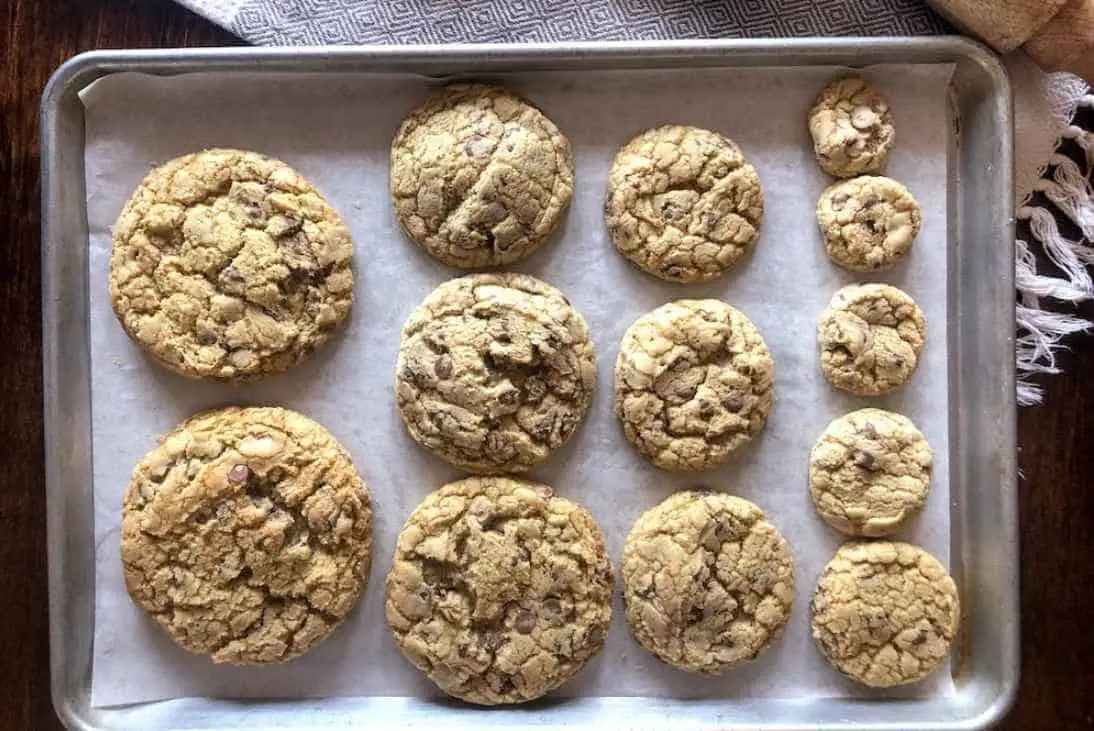
When you make a cookie, the size and shape can greatly impact how it turns out. Generally, a larger treat will usually be chewier than a smaller one. It’s because a bigger piece takes longer to bake than its smaller version.
A hefty treat will have a greater contrast in texture between the crispy outside and chewy inside, making it more enjoyable to eat.
Baking Time
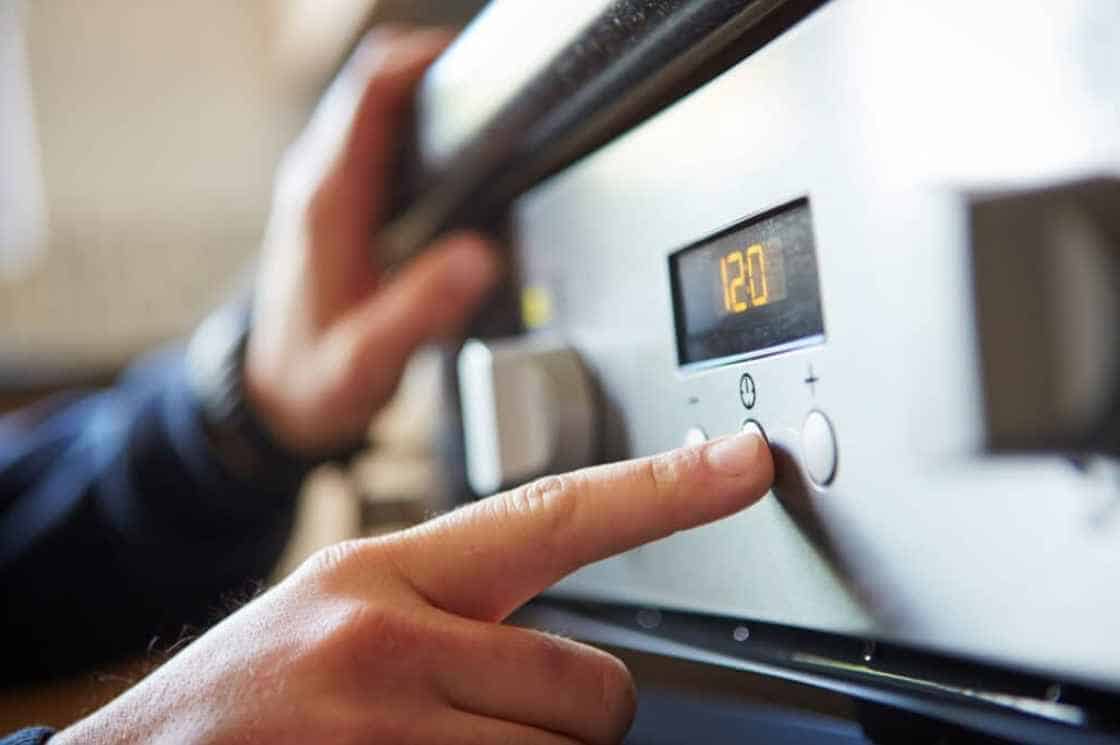
Baking time is a critical factor in achieving the perfect cookie texture. The longer you bake it, the crispier it will become. On the other hand, if it doesn’t stay in the oven long enough, your treat will be underbaked and may be too soft or doughy.
So, if you prefer a chewier cookie, try baking them for a shorter time. Monitor your pastries as they bake. Bring them out of the oven when the edges start turning golden brown. It will ensure they are thoroughly baked but still soft and chewy.
How to Keep Cookies Chewy
It’s essential to store your chewy cookies properly so they’ll stay soft for as long as possible. Here are a few tips:
- Let the cookies cool completely before packing them. If you place them in containers while still warm, they will release steam and become soggy.
- Choose an airtight container like a tin or plastic box with a tight-fitting lid. It will help keep stale-causing elements, such as air and moisture, from getting in.
- Place a piece of bread in the container. It will absorb moisture, keeping your cookies gooey for a long time.
- Store the cookies at room temperature, away from direct sunlight and heat. Keeping them in the fridge can make them stale faster, and freezing can change their texture.
How long do cookies stay chewy?
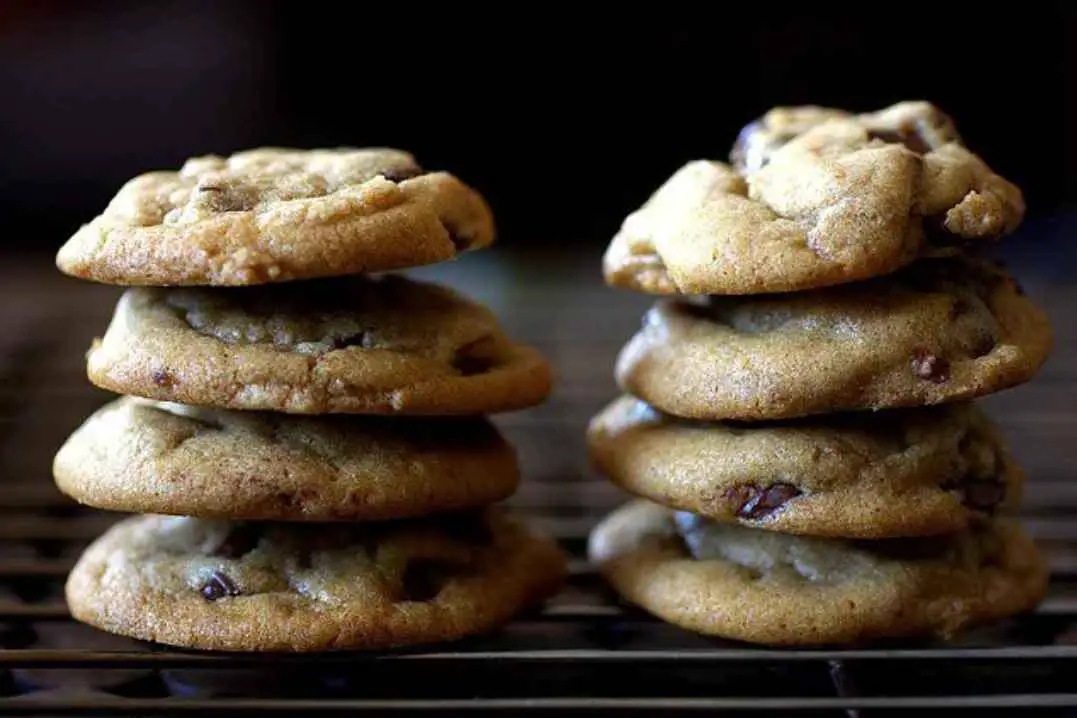
Soft and tender cookies are heavenly, but unfortunately, they don’t stay chewy forever. The length of time that they will remain gooey can depend on a few different factors:
- How they’re stored: If you store your cookies properly, they can stay soft and chewy for up to five days. Follow the tips mentioned above for storage tips and tricks.
- Ingredients: The ingredients used in the recipe can also affect how long the cookies stay chewy. Treats made with honey or molasses tend to stay soft for extended periods.
- Humidity: The cookies may absorb moisture from the air if the humidity is high. It can cause them to go stale faster. The best way to keep them deliciously soft is to store them in air-tight jars.
Best Chewy Cookies
Here are some of the best chewy cookie recipes you can try making at home:
- Chocolate chip cookies: This classic, well-loved recipe pairs well with milk. To make them chewy, use a higher ratio of brown sugar to white. Then add an extra egg yolk. You can also use bread flour instead of all-purpose, which has more protein and will create a chewier texture.
- Oatmeal raisin cookies: These cookies are delicious and nutritious because of the oats and raisins. Soak the dried fruits in hot water or apple juice for a few minutes before adding them to the dough. It will keep them soft and chewy.
- Snickerdoodles: These are cinnamon-sugar-coated cookies that are soft and chewy on the inside. To make them fluffy, use cake flour instead of all-purpose.
Conclusion
Understanding what makes cookies chewy can help you achieve the gooey texture you love. Techniques such as underbaking, adding moisture, using low-protein flour, and adding eggs all play a role.
You can create your own treats at home by experimenting with different ingredients and methods. Remember to have fun and be creative with your recipes. So, get a glass of milk and enjoy!
